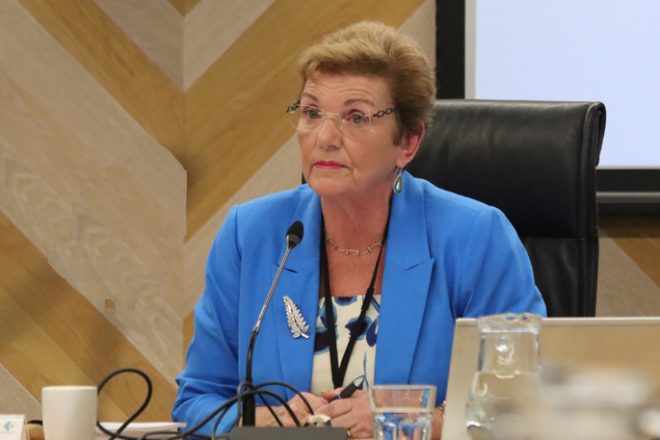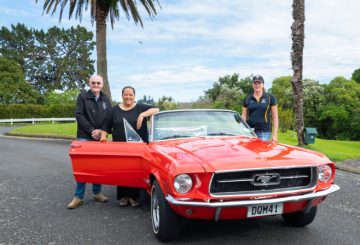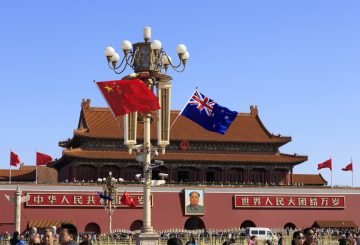Các nhà lãnh đạo ở Western Bay of Plenty, New Zealand, đã bày tỏ rằng mặc dù họ sẽ hoan nghênh tài trợ bổ sung cho các hội đồng, nhưng nó sẽ không đủ để giảm bớt áp lực hiện tại của họ. Chính quyền địa phương New Zealand đang thúc giục chính phủ trả lại thuế GST đã trả cho các hội đồng, điều này sẽ dẫn đến khoản tài trợ thêm 1,1 tỷ đô la trên toàn quốc.
Hội đồng thành phố Tauranga sẽ nhận được 31 triệu đô la, chiếm 10% thu nhập hoạt động của nó là 308 triệu đô la. Trong số thu nhập này, 206 triệu đô la đến từ lãi suất. Hội đồng quận Western Bay of Plenty sẽ nhận được 11,5 triệu đô la, chiếm 11,6% thu nhập hoạt động 99 triệu đô la của nó, với 77 triệu đô la trong số này đến từ lãi suất. Những con số này được tính toán bởi công ty tư vấn kinh tế Infometrics sử dụng dữ liệu năm 2022.
Chủ tịch ủy ban của Tauranga, Anne Tolley, tuyên bố rằng mặc dù bất kỳ khoản tài trợ bổ sung nào cũng có lợi, nhưng nó sẽ không giải quyết được vấn đề cơ bản về chi phí tăng cho những người trả lãi suất, đặc biệt là trong các hội đồng tăng trưởng cao. Hội đồng thành phố Tauranga hiện đang phải vật lộn với cách tài trợ cho cơ sở hạ tầng thiết yếu, một vấn đề trở nên tồi tệ hơn do sự phát triển nhanh chóng của thành phố.
Thị trưởng Western Bay of Plenty, James Denyer, cũng bày tỏ sự ủng hộ của mình đối với các nguồn tài trợ thay thế cho hội đồng. Trong khi đó, Chủ tịch Chính quyền Địa phương New Zealand, Sam Broughton, chỉ trích hệ thống tài trợ hiện tại cho chính quyền địa phương là bị phá vỡ, vì nó phụ thuộc nhiều vào lãi suất, mà ông mô tả là không bền vững.
Cuộc thảo luận diễn ra khi các hội đồng trên khắp New Zealand đang thiết lập tỷ lệ, với mức tăng trung bình ước tính là 15%. Tỷ lệ nhà ở trung bình của Tauranga tăng trong năm 2024 là 7%, bù đắp bởi một loại xếp hạng công nghiệp mới làm giảm giá nhà ở khoảng 3%. Tỷ lệ tăng trung bình của thành phố, bao gồm bất động sản dân cư, thương mại và công nghiệp, là 15,9%.
Hội đồng quận Western Bay of Plenty vẫn chưa thiết lập tỷ lệ, đã trì hoãn việc thông qua kế hoạch dài hạn của mình cho đến tháng Chín. Đánh giá độc lập cũng gợi ý rằng chính phủ trung ương phải trả lãi suất cho các tài sản vương miện, thành lập một quỹ cho biến đổi khí hậu và xem xét tác động tài trợ của các quyết định chính sách được đề xuất đối với các hội đồng.






























































